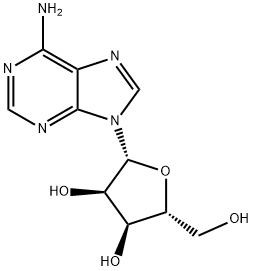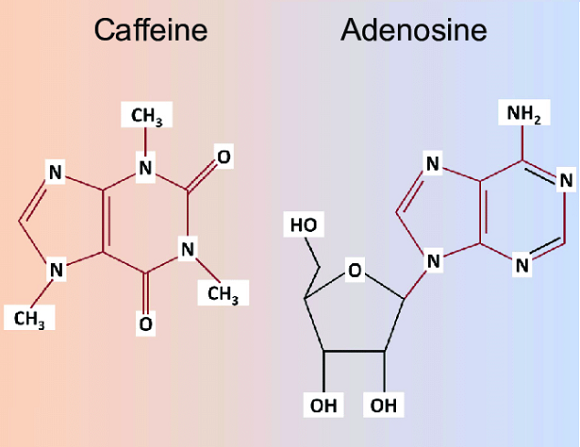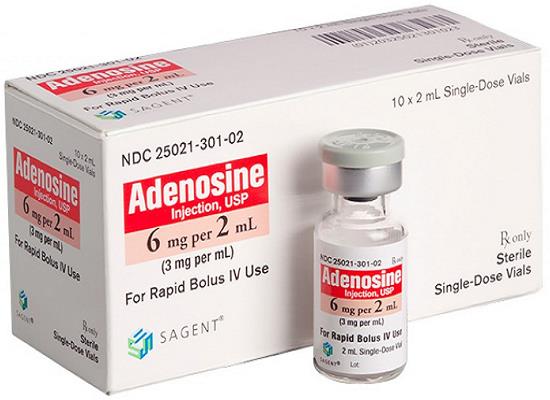Function and application of adenosine in cancer treatment?
Adenosine is a purine nucleoside that can be used as a diagnostic and therapeutic agent (for the treatment of supraventricular tachycardia (SVT)). It can modulate various cellular responses (such as neuroinflammatory responses) by binding to adenosine receptors in the central nervous system (CNS). There are four known receptors for adenosine: A1R, A2AR, A2BR, and A3R. These receptors play different roles in various physiological and pathological processes in the brain, including endothelial cell homeostasis, insulin sensitivity, microglial activation, lipid metabolism, immune cell infiltration, and synaptic plasticity. In addition, in terms of tumorigenesis, regulating adenosine levels has the potential for cancer treatment. Currently, experimental and clinical studies have confirmed the effectiveness of CD39 and CD73 blocking antibodies and adenosine A2A receptor antagonists as drugs that reduce adenosine levels and block its signaling. Inhibition of adenosine pathways may improve the effectiveness of other immune checkpoint blockades, such as PD-1/PDL-1 or CTLA-4, as well as CAR-T cell therapy and adaptive T cell therapy.
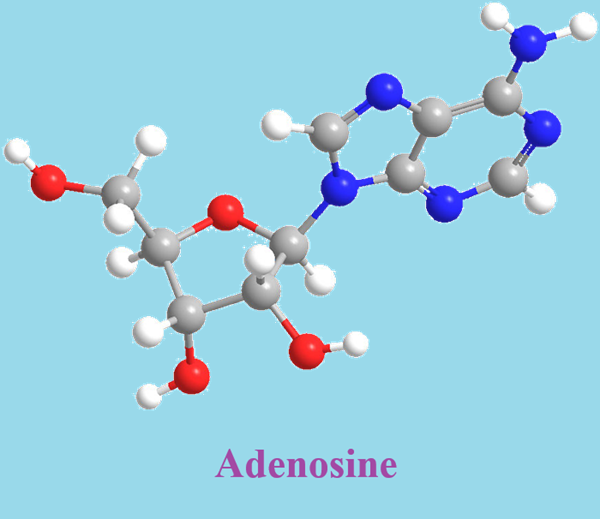
Under normal conditions, adenosine is present in trace amounts (about 1 µM) in the human body and is involved in various physiological processes, including sleep, angiogenesis, and immune regulation. Hypoxia, ischemia, and inflammation increase the levels of extracellular adenosine (>100 µM) in the tumor microenvironment (TME). Adenosine binds to G protein-associated adenosine receptors on the cell surface. Their activation leads to the induction (A2A and A2B receptors) or inhibition (receptors A1 and A3) of intracellular cyclic adenosine monophosphate (cAMP) production. Stimulation of these receptors modulates the function of inflammatory and immune cells, leading to the formation of an immunosuppressive state, angiogenesis, and metastasis in the TME. Extracellular overexpression of adenosine in tumor tissue is mainly reflected in the release of extracellular adenosine triphosphate (ATP) by lesions and immune cells.
While intracellular ATP is an important energy source, extracellular ATP acts as a "danger signal" that directs phagocytes to sites of inflammation and informs the immune system of pathogen-associated molecular patterns and tissue destruction. This occurs due to the activation of inflammasomes and the production of interleukin-1β and anti-inflammatory cytokines. The conversion of ATP to adenosine is due to the adenosine-producing enzyme system, ectonucleoside triphosphate diphosphohydrolase (NTPDase1, CD39) and ecto-50-nucleotidase (50NT, CD73) that shifts the condition of an inflammatory mediator to an anti-inflammatory one. Therefore, targeting enzymes that reduce adenosine levels in the TME, such as ADA and ADK, could significantly prevent the activation of adenosine receptors and enhance cancer immunotherapy.
References:
[1] GALINA ZHULAI. Adenosine-Metabolizing Enzymes, Adenosine Kinase and Adenosine Deaminase, in Cancer.[J]. ACS Applied Energy Materials, 2022. DOI:10.3390/biom12030418.[2] MI-HYEON JANG Juhyun S. Adenosine and adenosine receptors in metabolic imbalance-related neurological issues[J]. Biomedicine & Pharmacotherapy, 2024, 177. DOI:10.1016/j.biopha.2024.116996.
You may like
Related articles And Qustion
See also
Lastest Price from Adenosine manufacturers
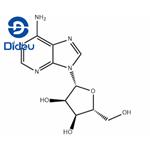
US $0.00-0.00/kg2025-12-13
- CAS:
- 58-61-7
- Min. Order:
- 1kg
- Purity:
- 98%
- Supply Ability:
- 1000

US $0.00-0.00/kg2025-08-19
- CAS:
- 58-61-7
- Min. Order:
- 25kg
- Purity:
- ≥99%
- Supply Ability:
- 2tons
